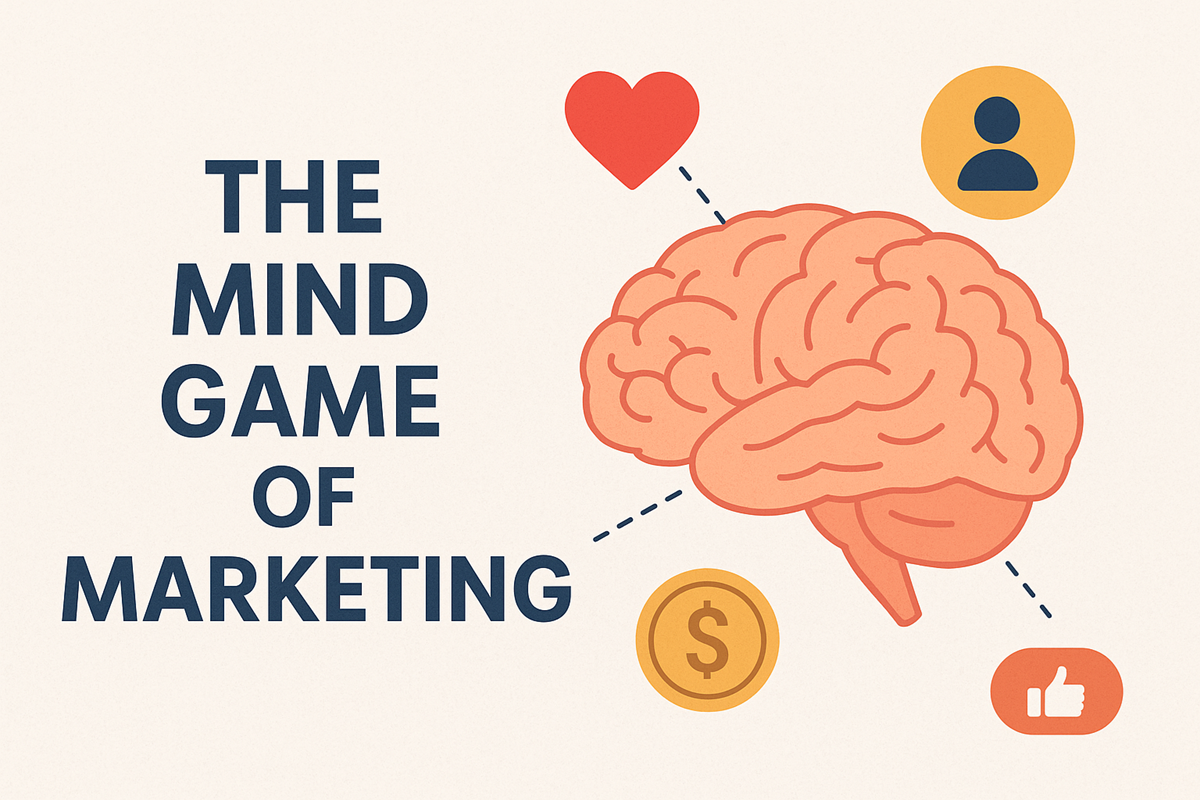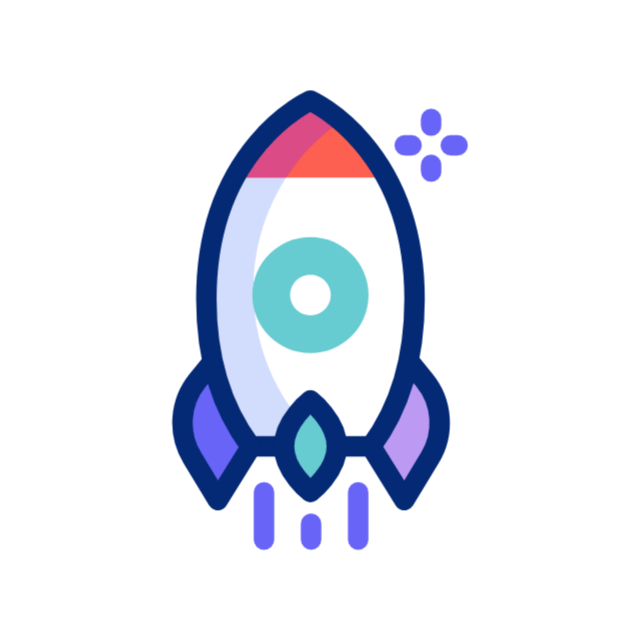Selling is more about understanding people than pushing products. Customers make decisions based on emotions, habits, and subconscious triggers even when they believe they are being “logical.” By tapping into these psychological principles, you can make your product irresistible.
Here are 15 detailed ways to market a product using customer psychology.
1. Emotions Drive Purchases
People rarely buy based only on logic. They’re driven by feelings such as joy, fear, pride, or even curiosity. When you market a product, craft stories that connect emotionally. A relatable ad or a heartfelt message can make your brand memorable and trustworthy.
Someone might buy a luxury handbag because it makes them feel proud and special, but they’ll justify it by saying, “It’s high quality, so it will last long.”
How to apply in marketing: Use visuals, videos, and copy that appeal to emotions such as happiness, security, love, pride, or belonging. For example, a family car ad focuses on safety and togetherness not engine specs.
Tip: Ask yourself what emotion does my product satisfy? Sell that feeling.
2. Trust Comes First
No matter how great your product is, if customers don’t trust you, they won’t buy.
Amazon makes buying easier because customers trust their return policy. Apple builds trust by consistently delivering quality products.
How to apply in marketing: Add customer testimonials, money-back guarantees, certifications, or transparent policies. Show your team and behind-the-scenes moments to humanize your brand.
Tip: Trust removes hesitation. Without it, even discounts won’t help.
3. Social Proof Works Like Magic
When people see others using and loving a product, they feel safer buying it too. It’s human nature to follow the others with similar interests in a product. When potential customers see others loving your product through reviews, testimonials, or user-generated content, they feel safer making a purchase. Adding visible proof like “1,000+ happy customers” instantly builds trust.
Restaurants with long queues are seen as better. Online, reviews and ratings make a product look trustworthy.
How to apply in marketing: Share user reviews, testimonials, and case studies. Highlight numbers like “Over 50,000 happy customers.” Use real customer photos instead of stock images.
Tip: The more visible the proof, the stronger the impact.
4. Scarcity Creates Urgency
When something feels rare, people fear missing out and act faster.
“No more stock left” or “Offer ends tonight” triggers fear of missing out (FOMO). Customers act faster when they feel time or quantity is limited. Using urgency wisely in your campaigns can encourage immediate action without sounding pushy.
Airline sites showing “Only 2 seats left at this price”, Flash sales like “Offer ends in 3 hours” also push people to act quickly.
How to apply in marketing: Use limited stock, exclusive editions, or countdown timers. Even phrases like “Selling fast” create urgency.
Tip: Scarcity should feel real, not fake. Customers can sense manipulation.
5. The Price Anchor Effect
Customers judge whether a price is good by comparing it to another number.
A ₹5,000 watch feels expensive on its own. But if shown next to a ₹15,000 watch, it suddenly feels affordable.
How to apply in marketing: Show original vs. discounted prices. Display premium options first so mid-range products look affordable. Bundle offers also work as anchors (“Worth ₹2,000, yours for ₹999”).
Tip: Always guide the customer’s eye to the “better deal.”
6. Stories Sell Better than Facts
Facts tell, but stories sell. Stories make a product memorable and relatable.
Nike doesn’t just say “High-quality shoes.” They tell athlete stories of resilience and achievement, inspiring people.
How to apply in marketing: Share customer success stories, brand history, or even a founder’s journey. A skincare brand could share a customer’s transformation story instead of just listing ingredients.
Tip: People may forget features, but they remember stories.
7. Colors Speak to the Mind
Colors influence emotions more than we realize. Red creates urgency, blue builds trust, and green signals calmness or eco-friendliness. Pairing your product with the right design and color palette can subtly guide buying behavior.
Colors trigger emotions instantly, even before people read your words.
Red makes people act fast (used in sales signs). Blue builds trust (banks and tech brands use it). Green signals health (organic brands). Black and gold feel premium.
How to apply in marketing: Pick colors that match your product’s message. A children’s brand should use playful colors, while a luxury watch brand should use black or metallic tones.
Tip: Don’t pick colors randomly, make them part of your psychology strategy.
8. Give Before You Ask (Reciprocity)
When someone receives value first, they feel like giving back.
Instead of just saying what your product is, show what it does for them. Customers want solutions, not specs. For example, instead of “Buy a yearly subscription,” saying “Get uninterrupted usage for a year and focus more on your services” It makes the benefit crystal clear.
Free samples in stores often lead to purchases. Online, free eBooks or trials make people more willing to subscribe or buy later.
How to apply in marketing: Offer free checklists, guides, consultations, or trials before asking customers to purchase. Even small things like free shipping work.
Tip: The more helpful you are upfront, the more likely people are to buy later.
9. Simplicity Wins Hearts
Too many choices confuse people, leading to decision paralysis.
A famous study showed that when customers had 24 jam flavors, fewer bought. But when only 6 flavors were offered, sales increased.
How to apply in marketing: Keep your product range simple. Highlight one or two bestsellers. Make checkout short and easy.
Tip: Less is more when it comes to buying decisions.
10. Personalization Matters
Customers want to feel special. Personalized experiences create stronger connections.
A one-size-fits-all approach doesn’t work anymore. Customers want brands that “get” them. By offering personalized emails, product recommendations, or ads based on behavior, you show customers that you care about their needs. This builds stronger loyalty.
Spotify’s “Your Year Wrapped” feels unique for every user. Amazon suggests products based on past purchases.
How to apply in marketing: Use the customer’s name in emails. Recommend products based on browsing history. Send birthday offers.
Tip: Treat every customer like they’re your only one.
11. Consistency Builds Habits
Once customers commit to something small, they’re more likely to commit to bigger things later. A person who signs up for a free fitness challenge is more likely to later buy a full training program.
Trust doesn’t come overnight. Being consistent with your brand’s tone, promises, and delivery reassures customers over time. When your messaging matches the product experience, people not only buy but also come back and recommend you to others.
How to apply in marketing: Start with low-risk actions like a free trial, newsletter signup, or quiz. Once people engage, they are more open to purchasing.
Tip: Small steps lead to big loyalty.
12. Authority Influences Decisions
People trust experts, leaders, and credible figures more than ads.
A toothpaste ad featuring “9 out of 10 dentists recommend this” feels more convincing than just a product claim.
How to apply in marketing: Use expert endorsements, certifications, awards, or influencers respected in your niche. Publish whitepapers or guides to show authority.
Tip: Show customers you’re not just selling, you know your field.
13. Community Creates Belonging
People crave connection and identity. A strong community around a brand builds loyalty.
Apple has a loyal community of fans who line up for new launches. Harley-Davidson riders identify as part of a tribe.
How to apply in marketing: Build online groups, loyalty programs, or invite customers to events. Make them feel like they’re part of something bigger.
Tip: When people belong, they stay loyal.
14. Curiosity Pulls People In
Humans love solving mysteries and discovering surprises.
Teasers like “Something exciting is launching tomorrow” or blurred product photos grab attention.
How to apply in marketing: Use sneak peeks, mystery boxes, or incomplete messages like “You won’t believe what’s inside.”
Tip: Curiosity makes people click, share, and explore more.
15. Surprise and Delight
Unexpected rewards make customers happy and loyal.
Zappos became famous for surprising customers with free overnight shipping. Small touches like handwritten thank-you notes or freebies can create lifetime fans.
How to apply in marketing: Offer surprise discounts, free upgrades, or special gifts for loyal customers.
Tip: A small surprise can create big emotional loyalty.
Final Thoughts
Marketing with psychology isn’t about tricking people, it’s about understanding them. When you know what drives decisions, emotions, trust, proof, scarcity, or belonging, you can design marketing that truly connects.
Customers don’t just buy products. They buy emotions, status, experiences, and solutions. The brands that understand this win hearts and sales.

